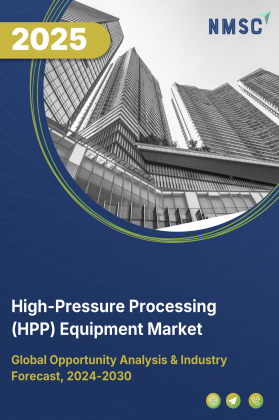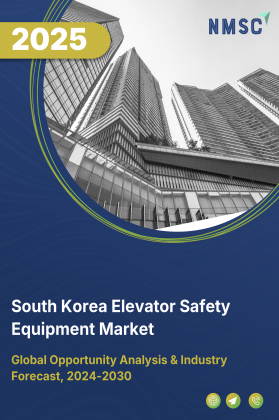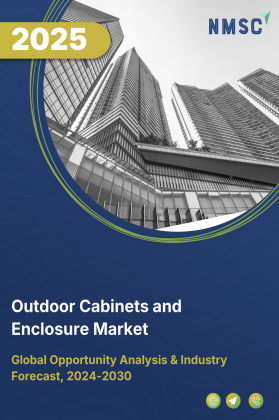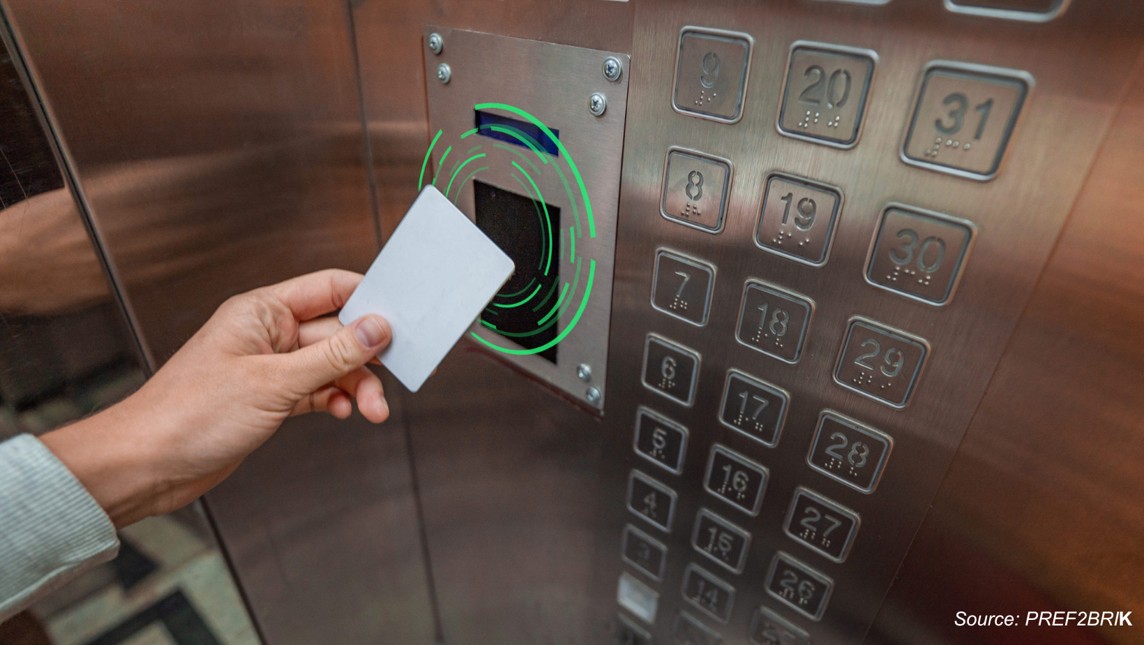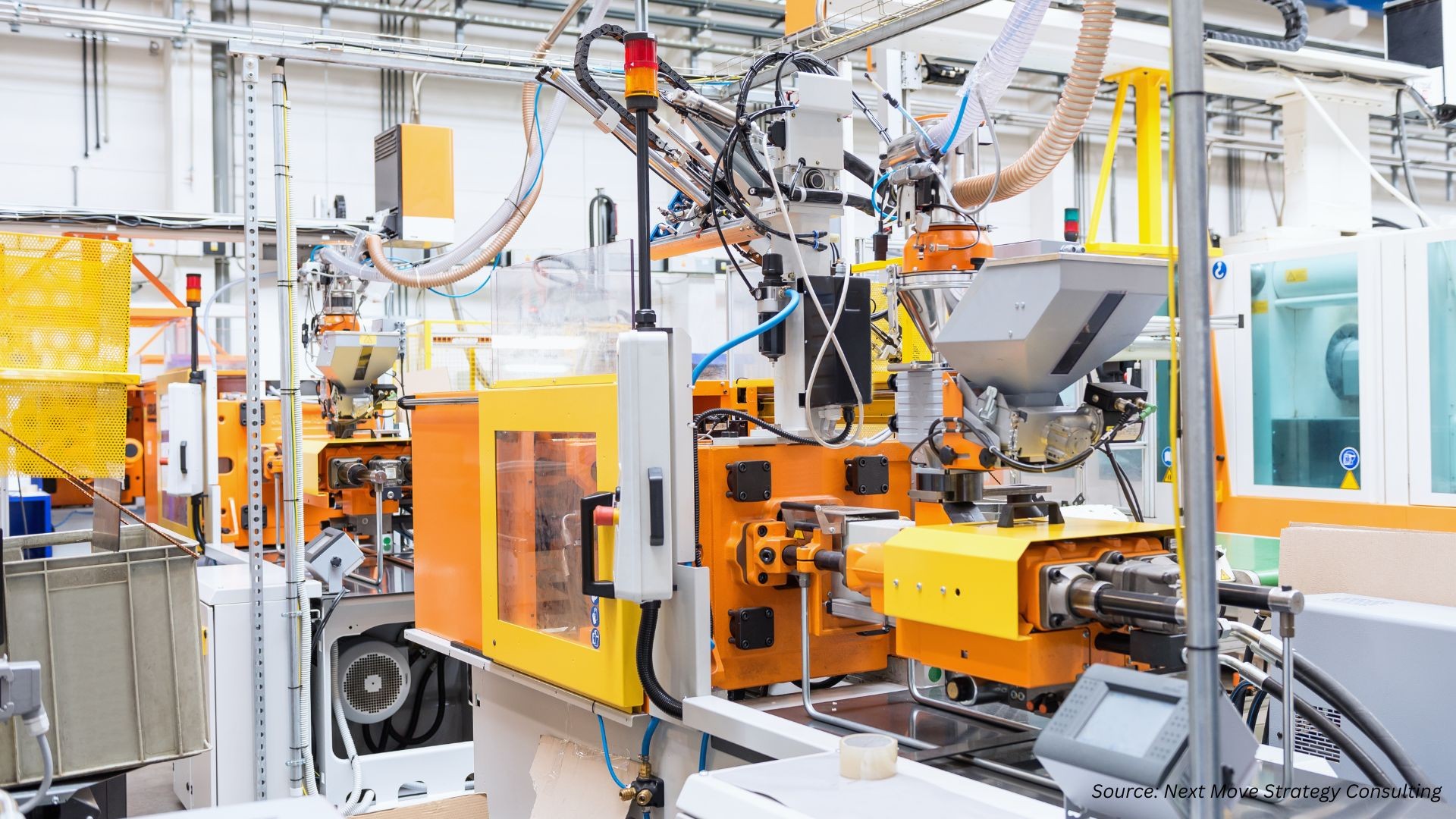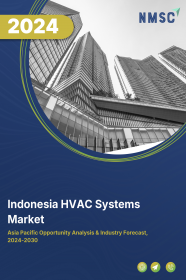
Indonesia HVAC Systems Market by Equipment (Room‐Level Air Conditioners, and Others), by System Type (Centralized Systems, and Others), by Implementation Type (New Construction Buildings, and Retrofit Buildings), by Technology (Inverter Technology, and Others), by Energy Efficiency (1 Star, and Others), by Capacity (Up to 1.5 Ton, and Others), by Installation/Mounting (Wall-mounted, and Others), by End User (Commercial, and Others) - Opportunity Analysis and Industry Forecast, 2024– 2030.
Industry: Construction & Manufacturing | Publish Date: 15-Oct-2025 | No of Pages: 152 | No. of Tables: 163 | No. of Figures: 108 | Format: PDF | Report Code : CM1948
Market Definition
The Indonesia HVAC System Market size was valued at USD 5.35 billion in 2023, and is predicted to reach USD 10.52 billion by 2030, at a CAGR of 9.5% from 2024 to 2030.
HVAC (Heating, Ventilation, and Air Conditioning) refers to the technology and systems used in buildings to regulate indoor environmental conditions such as temperature, humidity, and air quality to ensure comfort and safety for occupants. Heating systems provide warmth during colder months, ventilation systems circulate and replenish indoor air, and air conditioning systems cool and dehumidify indoor air during warmer months.
HVAC systems offer several advantages, including improved occupant comfort and health, increased energy efficiency leading to cost savings, better indoor air quality through filtration and ventilation, precise temperature control for enhanced productivity in commercial settings, and protection of building infrastructure from extreme weather conditions. Additionally, these systems can be designed to meet specific requirements, contributing to sustainability goals by reducing carbon emissions and promoting eco-friendly practices in building operations.
Increasing Energy-Saving Regulations Drives the HVAC System Market
The introduction of residential energy-saving regulations serves as a catalyst for growth in the HVAC system market. These regulations propel market expansion by mandating the adoption of more energy-efficient systems, compelling manufacturers to develop compliant HVAC units.
Consequently, consumers are motivated to invest in energy-efficient HVAC systems to fulfill regulatory obligations and minimize energy expenses. Additionally, these regulations enhance homeowners' awareness of the advantages of energy-efficient HVAC systems, resulting in heightened demand for such products.
This heightened demand stimulates manufacturers to innovate and broaden their product offerings to cater to the burgeoning market demands, thereby intensifying the demand for energy-efficient HVAC systems.
Environmental Concerns Drive Growth in the HVAC Systems Industry
Environmental considerations play a pivotal role in propelling growth within the HVAC systems industry. With heightened awareness surrounding issues such as climate change, air pollution, and ozone depletion, there exists mounting pressure for the adoption of sustainable practices and adherence to regulatory frameworks.
Governments globally are imposing mandates aimed at mitigating the environmental impact of HVAC systems, consequently driving the development and integration of eco-conscious technologies.
Regulatory Compliance Associated with HVAC Systems Impede the Market Expansion
The growth trajectory of the HVAC industry encounters a formidable impediment in regulatory compliance. Governed by an array of regulations, laws, and standards established by governmental entities and industry bodies, compliance encompasses various domains including energy efficiency, emissions, refrigerants, and building codes.
Ensuring adherence to these regulations demands substantial investments in research, development, and technological advancements to ensure products and services align with specified benchmarks. However, for smaller firms or those with limited resources, navigating this intricate regulatory landscape proves daunting, potentially impeding their market entry or expansion.
Moreover, compliance endeavors often divert resources away from innovation and product development, as companies prioritize meeting regulatory mandates over investing in new technologies or enhancing existing ones.
Consequently, regulatory compliance acts as a constraint on the growth and advancement of the HVAC market, imposing additional costs and complexities on industry players and constraining their ability to fully capitalize on market opportunities.
Integration of Solar-Powered HVAC Systems Creates Opportunity Growth for the Market
Solar-powered HVAC systems, integrating photovoltaic technology to facilitate heating, ventilation, and air conditioning functions, represent a promising avenue for market expansion within the HVAC sector.
Installation of these systems, coupled with solar panels positioned atop rooftops or designated areas, offers a substantial reduction in grid electricity dependency, translating into significant energy cost savings for consumers. Driven by advancements in solar panel efficiency, energy storage capabilities, and system integration methodologies, the feasibility and economic viability of solar-powered HVAC solutions are steadily on the rise.
Moreover, these systems contribute to carbon emission reduction and endorse sustainability, resonating with mounting environmental concerns and regulatory imperatives globally. As businesses and homeowners increasingly gravitate towards energy-efficient and environmentally friendly alternatives, the adoption of solar-powered HVAC systems emerges as a compelling opportunity for market growth, stimulating innovation and investment in renewable energy technologies across the HVAC landscape.
Competitive Landscape
The market players operating in the Indonesia HVAC System market include Trane Technologies, Mitsubishi Electric, LG Electronics, Gree Electric Appliances, Taikisha Global, Mayekawa, Hitachi Cooling & Heating, Johnson Controls (York), Munters Group AB, Fujitsu General, Daikin, Midea Group, Rheem Manufacturing, Halton Group, Samsung HVAC, and others.
Indonesia HVAC System Market Key Segments
By Equipment
-
Room‐Level Air Conditioners
-
Window
-
Portable
-
Cassette (ceiling-mounted)
-
Floor-standing console
-
-
Split Air Conditioners
-
Single-split (1 indoor + 1 outdoor)
-
Multi-split (≥2 indoors + 1 outdoor)
-
VRF/VRV
-
-
Packaged & Central AC Units
-
Rooftop packaged units
-
Self-contained packaged units
-
Central chiller and AHU systems
-
-
Chillers
-
Air-cooled
-
Water-cooled
-
Absorption
-
-
Heating Equipment
-
Heat Pumps
-
Furnaces
-
Boilers
-
Unit Heaters
-
-
Ventilation Equipment
-
Air Handling Units (AHUs)
-
Fans & Blowers
-
Air Filtration Systems
-
Air Purification Systems
-
-
Humidity Control
-
Humidifiers
-
Dehumidifiers
-
-
Cooling Towers
-
Controls & Thermostats
By System Type
-
Centralized Systems
-
Decentralized Systems
-
Hybrid Systems
By Implementation Type
-
New Construction Buildings
-
Retrofit Buildings
By Technology
-
Inverter Technology
-
Non-Inverter Technology
-
Smart/IoT-enabled
-
Conventional
By Energy Efficiency
-
1 Star
-
2 Star
-
3 Star
-
4 Star
-
5 Star
By Capacity
-
Up to 1.5 Ton
-
1.5-3 Ton
-
3-5 Ton
-
Above 5 Ton
By Installation/Mounting
-
Wall-mounted
-
Ceiling-mounted
-
Floor-standing
-
Ducted
-
Window-mounted
-
Portable
By End User
-
Commercial
-
Offices
-
Hospitality (Hotels, Restaurants)
-
Healthcare
-
Education
-
Retail
-
Airports
-
-
Residential
-
Industrial
Key Players
-
Trane Technologies
-
Mitsubishi Electric
-
LG Electronics
-
Gree Electric Appliances
-
Taikisha Global
-
Mayekawa
-
Hitachi Cooling & Heating
-
Johnson Controls (York)
-
Munters Group AB
-
Fujitsu General
-
Daikin
-
Midea Group
-
Rheem Manufacturing
-
Halton Group
-
Samsung HVAC
Report Scope and Segmentation
|
Parameters |
Details |
|
Market Size in 2023 |
USD 5.35 Billion |
|
Revenue Forecast in 2030 |
USD 10.52 Billion |
|
Growth Rate |
CAGR of 9.5% from 2024 to 2030 |
|
Analysis Period |
2023–2030 |
|
Base Year Considered |
2023 |
|
Forecast Period |
2024–2030 |
|
Market Size Estimation |
Billion (USD) |
|
Growth Factors |
|
|
Companies Profiled |
15 |
|
Market Share |
Available for 10 companies |
|
Customization Scope |
Free customization (equivalent up to 80 working hours of analysts) after purchase. Addition or alteration to country, regional, and segment scope. |
|
Pricing and Purchase Options |
Avail customized purchase options to meet your exact research needs. |

















 Speak to Our Analyst
Speak to Our Analyst



